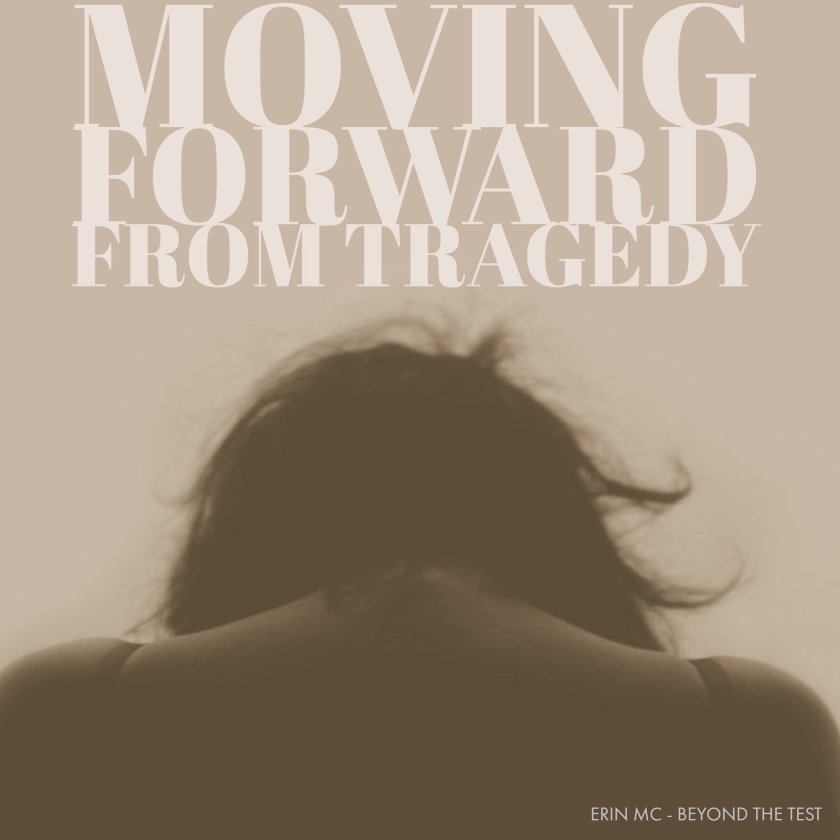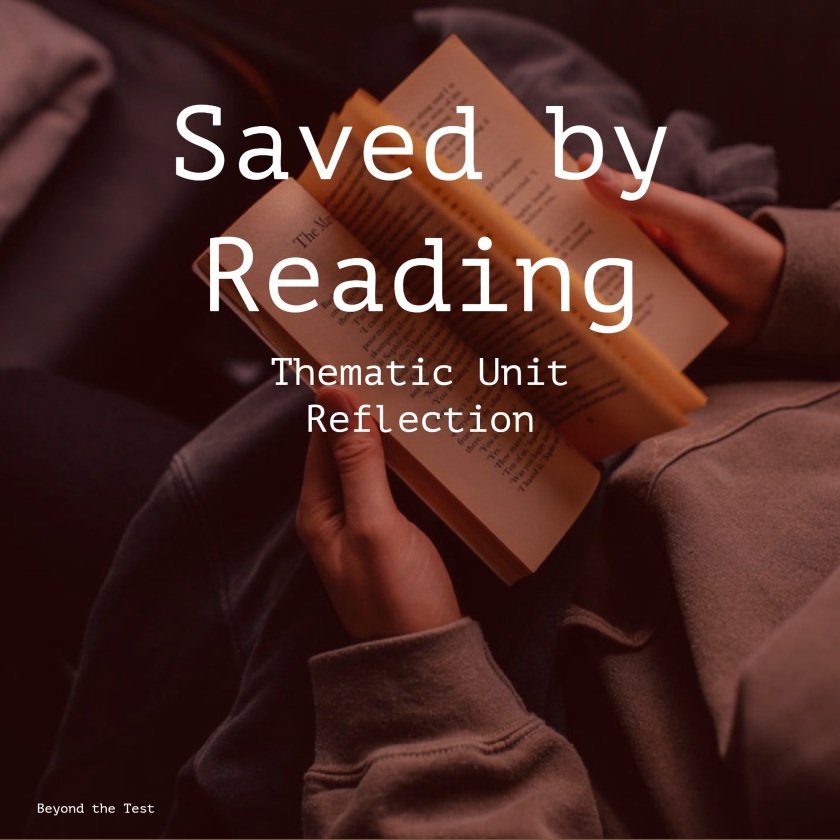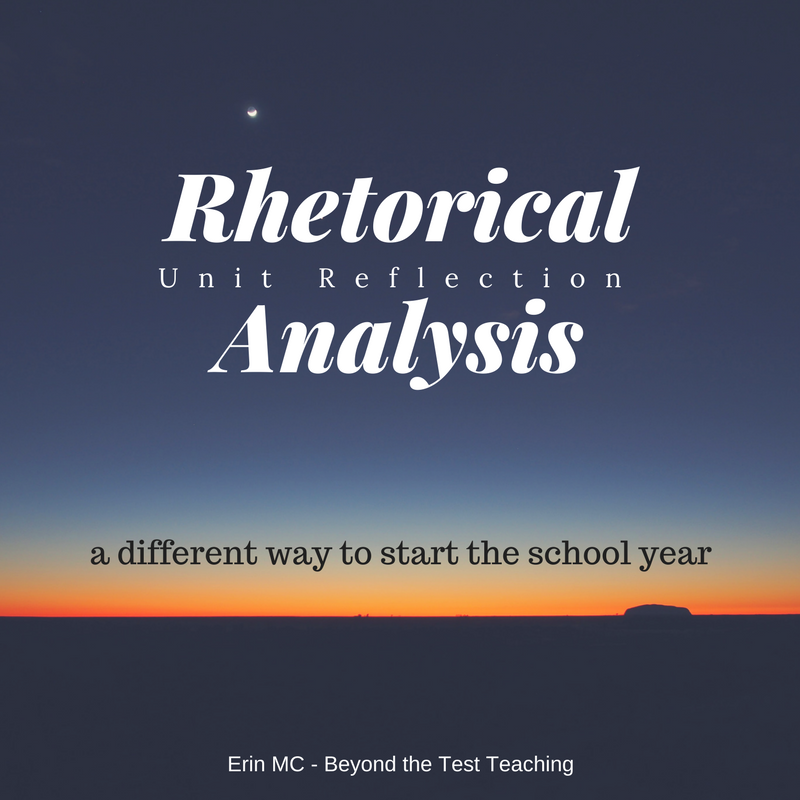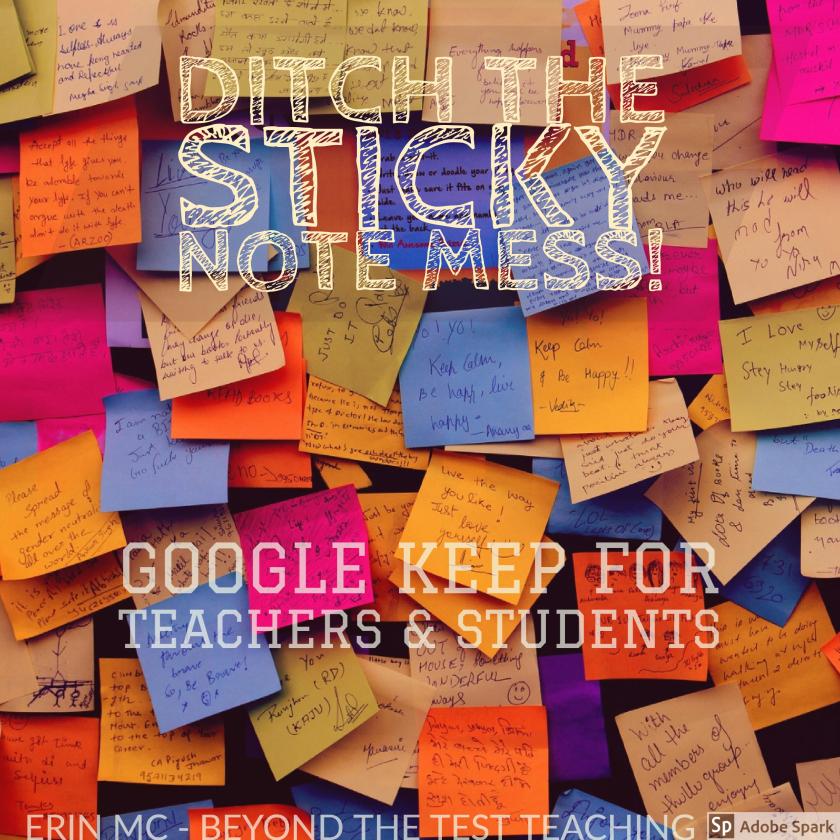On October 26th and 27th, I was lucky enough to attend my first ever annual New York State English Council (NYSEC) Conference. I had so much fun and learned so much–I cannot wait to go back next year. But until then, I wanted to share some of the great ideas I gathered.
Helping Students Become Better Readers
The first keynote speaker was Elfreida Hiebert, a literacy expert, who spoke about how to develop better readers. Hiebert believes that reading aloud to students, as they listen, is not the best way to increase their skills in reading. She compared it to working out: you don’t get in shape, developing your muscles, by watching other people exercise. Likewise, students aren’t going to become better readers by listening to other people read. I don’t entirely agree with Hiebert. There is plenty of research that supports reading aloud to students some of the time. I think students need opportunities to read themselves and listen to others.
Hiebert also suggested that we provide magazine articles every day, especially in the content areas, to help students gain knowledge while also employing those reading skills. For articles, Hiebert recommended ReadWorks but I’ll throw NewsELA out there too.
Civic Discourse & Argument
The first presentation I attended was from two teachers who were inspired by the Letters to the Next President Project (from the National Writing Project). They wanted their students to be aware of current events, have well-developed opinions, and express their opinions appropriately.
One of my favorite resources from this conference was a Headline Search bellringer activity from these teachers. Once a week, they have students browse the headlines from news websites such as NewsELA, Smithsonian Tween Tribune, KQED Do Now, Youth Radio, Room for Debate, NY Times Learning Network, Washington Post, USA Today, and the local regional newspaper. Not read the articles, just browse the headlines. Then, they had students list issues among those headlines that were important to them or affected them personally, their community, and their nation. They also had students identify what they’d like to see stopped and started in the world.
What I love about this resource is how accessible it is. Students who struggle with reading and writing only need to focus on the headline, not the whole article. And it’s a great prewriting strategy. It only takes a few minutes, yet makes our students more aware of what’s going on in the world and maybe will spark their interest to read more.
While I’ve heard of the Letters to the Next President project, I didn’t know much about it, now had I done it before. I’m definitely feeling inspired to include a version of this project into my curriculum this year. And I say a version because the other teacher who presented decided to take this to a local level. Students wrote letters to local politicians and sent them into the local newspaper. I thought this could be really neat too, as his students got quite the thrill out of seeing their words in print.
DBQs in ELA
The second session I attended was a bit of a sales pitch, but the concept is a really neat idea. The DBQ Project was created by two teachers, and still employs teachers to create and vet their products. While DBQs (or document-based questions) are nothing new, in my experience, they tend to be used for assessment purposes. Social studies teachers teach students how to write them, but then use the DBQ as an assessment technique. The presenter explained that while students still produce an essay, their focus is to learn through a DBQ. The other novel part of this was that the DBQ was expanded out of social studies and into literature.
The unit (called a Mini Q) is organized around a question (for instance, “Holocaust Writings: How does the spirit triumph?”). The unit materials provided by the DBQ Project includes a hook, a one-page article with background information that introduces vocabulary and the essential question, and then a series of “documents” that help students to answer the question. In social studies, these documents would be primary or secondary source excerpts. But in ELA, the “documents” were excerpts from literature. For the Holocaust example, the documents included excerpts from Yellow Star by Jennifer Roy (a book written in verse about Roy’s aunt who survived the Holocaust), The Book Thief by Marcus Zusak (a novel about a German girl during WWII), Anne Frank: The Diary of a Young Girl, and an autobiography titled An Interrupted Life and Letters from Westerbork by Etty Hillesum.
Purchasing a binder, which each contains 10-12 Mini Qs, is quite an investment at over $300. But I think this concept of teaching with a DBQ rather than assessing and using the DBQ format in English are both concepts worth exploring on my own.
Building Empathy through Narratives & Authentic Research
The second keynote speaker was Gae Polisner, author of The Memory of Things, a young adult novel about September 11th. She spoke about why she chose to write about 9/11, which truly resonated with me. Polisner is from New York City and felt profoundly affected by that day. While I am not from the city, I am from New York State, and September 11th shaped who I am since I was young when it happened. Polisner felt current teens and young adults completely disconnected from this day that affected us both so deeply, and she decided writing a novel from the perspective of a teen in NYC was the best way to share the meaning of 9/11.
Polisner believes she is helping to create empathy among her readers through this book. So, she argued, teachers could encourage their students to build empathy among themselves and their peers by reading and writing about unique experiences. I love this idea. Let’s ask our students to write narratives with the goal of creating empathy in others; something which our world sorely needs right now.
Polisner also discussed the amount of research that she had to do to write The Memory of Things. Even though she experienced 9/11 herself, she did not experience it exactly the way she wrote her main character experiencing it. So she walked the streets he walked in her book and she spoke to people who had first-hand accounts and knowledge of things her character experienced. So often, we de-personalize the research process for our students by having them look at academic or professional journals. Instead, let’s teach our students how to do authentic research, by speaking with people who are experts due to their experiences and knowledge. While, yes, our students will need to know how to do research from those journals to write in college, they probably won’t ever do that kind of research again unless they pursue a career in academia. In their careers and personal lives, their research will consist of talking to people, formally or informally. So let’s teach them how to do that, and use it, appropriately.
Fusing ELA and History Classes
All teachers know that English and social studies classes use many of the same skills. In New York State, the new social studies standards are extremely similar to the ELA standards, down to a few word changes. So the two teachers in this presentation shared the combined English and history class they created, called Fusion, and teach in their schools. Historical novels, primary and secondary sources, and other media are used to support skill and knowledge attainment in both content areas.
On their website, they have units available for purchase and they are coming out with a textbook in 2018 for a combination of ELA and world history. But this can be done on your own, for whatever historical content your grade level teaches, with a little research and planning. And by a little, I actually mean a bit more than that. An excellent resource they shared is Historical Novels, which lists novels that correspond with various time periods and regions.
Podcasts in the Classroom
I hope to do an entire post on using podcasts in the high school ELA classroom, and thankfully these two educators (an ELA teacher and a librarian) gave me even more great information. At the end of the school year, when summer is close and student attention spans are short, consider using podcasts as a “reading” unit or assignment. If you have students “fake reading” and using the internet to complete assignments, this might be a solution for you! While there is tons of info out there on most novels you might ask students to read, there is very little out there on podcasts. No faking or stealing.
Some great podcasts you could start with are Serial (the first season is better), Limetown, and Lore (warning: now an Amazon Prime show). But there are tons of great podcasts. Here are some resources:
Podcasts are great for lower level readers who spend so much energy on the act of reading that comprehension and higher-order thinking are out of reach and busy students who can listen while doing other things.
A New Approach to Revision
This presentation came out of a local chapter of the National Writing Project. The educators (a high school teacher, a college professor, and a college writing center director) developed a system to help students become better at peer feedback. Personally, I think it’s a great approach for teachers to use in writing conferences too.
In this approach, they ask the reviewer to first read and notice what’s going on in the writing piece without making any corrections. This would go hand-in-hand with teaching writers’ moves through mentor texts. What writing moves is the student writer using? Then, the reviewer simply points out and names the moves. For instance, “Here you have presented a counterclaim.” This focuses the reviewer, either student or teacher, on what is there, not what isn’t. Then, the reviewer articulates what this move did for the writing. This can be the trickiest part because you have to move students beyond the “I like it” statements. This step should lead to a conversation with the writer, so being more specific will result in a better conversation. Now, the reviewer can be evaluative, noting places where the writing resonates. The reviewer can also pose a question, include a curiosity, or suggest a possibility. The final step to rethink, review resources, converse, and revise the piece.
I like how this process supports the use mentor texts and developing a toolbox of moves for a writer to use. I like that this revision process focuses on actual revision, not editing. I like that it focuses on what is there, rather than what is not. When we point out weak sections of writing, students often don’t know how to fix it. If they did, they probably would have fixed them already. In this process, by focusing on what is done well, it reinforces these skills. And maybe the student writer sees that their reviewer noticed strong claims in the first few body paragraphs, but nothing was pointed out about the last couple paragraphs and that is an area to strengthen.
Kwame Alexander
The final keynote of the conference was an hour of listening to Kwame Alexander, author of the popular YA book in verse The Crossover. He was a delight to listen to, engaging and brilliant. If you ever have the chance, I highly recommend seeing him.
And now, be jealous of my awesome picture with him and signed book:












